The solo exhibition of Gábor Ősz, living and working in Amsterdam, is part of a series of exhibitions at the Ludwig Museum presenting Hungarian and foreign artists whose life and works are less known in Hungary. Looking at the oeuvre of the artist, awarded the Paris Photo BMW Prize in 2010, one's attention is may as well caught by its consistency. He deals with certain topics for months, even years, during which he investigates the relationship of light and architecture, or analyzes questions of the border of photographic representation, its relation to reality, or the definition of the 'real'. The experimental, conceptual tinge accompanies his activity, the basis of which is the undisturbed attention towards reality and the relationship between man and the space surrounding him. By the use of analogue photographic devices, such as the camera obscura or pinhole technique, he has created a photographic oeuvre with moderate visuality and a strong character.
"What is an image suitable for? What is the image composed of? These two questions are just as important as the one that is most often asked: what is an image? Through years of meticulous research, Gábor Ősz has treated these three problems as parallels and as equally important: in his series, he produces tightly interconnected experimental situations, in which he studies the properties of the image. His experiments basically fall into three larger groups. In his first approach, he builds on both the phenomenon of light and the experience of its perception, for the purpose of examining the concept of the image made of light. The image in this instance is at the same time a sensual impression and a theoretical construction, which can be analysed through philosophical terms, such as ontology and phenomenology. The second experimental approach is linked to the first one by perception and sensual experience. Ősz disassembles the visual phenomenon to find the element most fundamental to his investigations; then he applies changes to this element, just as in a real physical experiment, so that through his interventions, he might reach an ever more precise understanding of the image. He dismantles the concepts of the photograph, in order to get from light to surface-forming pigment, from space to the position of the camera (and back again). In his third approach, he examines first and foremost what portion of reality the photograph might be able to capture, to what extent the image may be used as a narrative tool; what power a picture has to evoke, to cover up, or rewrite a chosen historical context. His visual experiments can just as well be located in a neutral and empty room, as in one of the bunkers of the Atlantic Wall, or in the abandoned site that once had been Hitler’s study. Through Gábor Ősz’s photographic experiments, all the scenes burdened with historical events become bared spaces to be used in his analysis of the image.
At the focus of all three approaches stands the image itself: the problematics of Ősz revolve around the ability of the image to capture and describe the universe, and thus, each of these carefully wrought and exposed pictures aligned in series also addresses the possibility of visualisation. In each of his experiments, he tests the reality-capability of the photograph, while the cornerstones of his investigations are demarcated by general concepts: movement, space and time. How is the still image related to the moving world? How may the photograph, still burdened by countless illusions, and almost regarded as an objective impression of reality, contribute to the moving picture’s completely overriding illusion? Ősz’s photographs are not film-stills: they have no antecedents, they do not combine to form any narrative series, but they are still informed by a filmmaker’s point of view; and the movement in a film is closely dependent on the spatial position of the viewer (the constructed eye) and the viewed (the phenomenon reconstructed in the photograph). Gábor Ősz’s photographs almost invariably build on the simple spatial ambiguity of the basic photographic set-up: the dichotomy of open and closed space. The closed space inside the camera, or the camera obscura, is juxtaposed here with the supposed world outside; the joint packaging of these two spaces reveals illusionistic worlds based on the duality of presence and absence, which in numerous instances is kept in (virtual) movement by the inversion of positive and negative images. The most essential factor in the experimental spaces constructed by the camera - in other words, by the eye - is time. Time, which in the case of Ősz’s pictures, is the basis of all investigations: as exposition time, as the time of the photographer surveying the space, or as historic time. Time, which is carved into the multiple layers of the pictures, but the unfolding of which is in the space of the gallery, through real movement at the exhibition, and becomes most demonstrative before the very eyes of the viewer.
In the early stages of his career, Gábor Ősz painted monochrome paintings – of paintings, among other things. Now, using the devices of photography, he is practically creating abstract spaces far removed from reality, and these photographically bared spaces make it possible for the spectator to meditate on the nature of the image. His photographs require attention and absorption the way monochrome or colour field paintings do. In the at once conceptual and sensual field created as a result of the viewer’s concentration, his works support or deny the possibility of visual perception."
József Mélyi
Gábor Ősz was born in 1962, in Dunaújváros. He lives and works in Amsterdam. His works can be found in several Hungarian, Dutch, French and German public collections - Ludwig Museum - Museum of Contemporary Art, Budapest; Stedelijk Museum, Amsterdam; Gemeente Museum, the Hague; FNAC, Paris; Frac Franche-Conté, France. He is represented by the Galerie Loevenbruck, Paris; the Vintage Gallery, Budapest; and the Gallery van der Grinten, Köln. The exhibition, realized in cooperation of the Netwerk, center for contemporary art, Aalst and the Ludwig Museum, shows works of his from the past 14 years.
The realization of the exhibition was supported by the Mondriaan Fund, the National Cultural Fund, the Embassy of the Kingdom of the Netherlands in Hungary and the Epson Europe B.V.
Partners: Kempinski Hotel Corvinus, Népszabadság, Pesti Est, Blog.hu
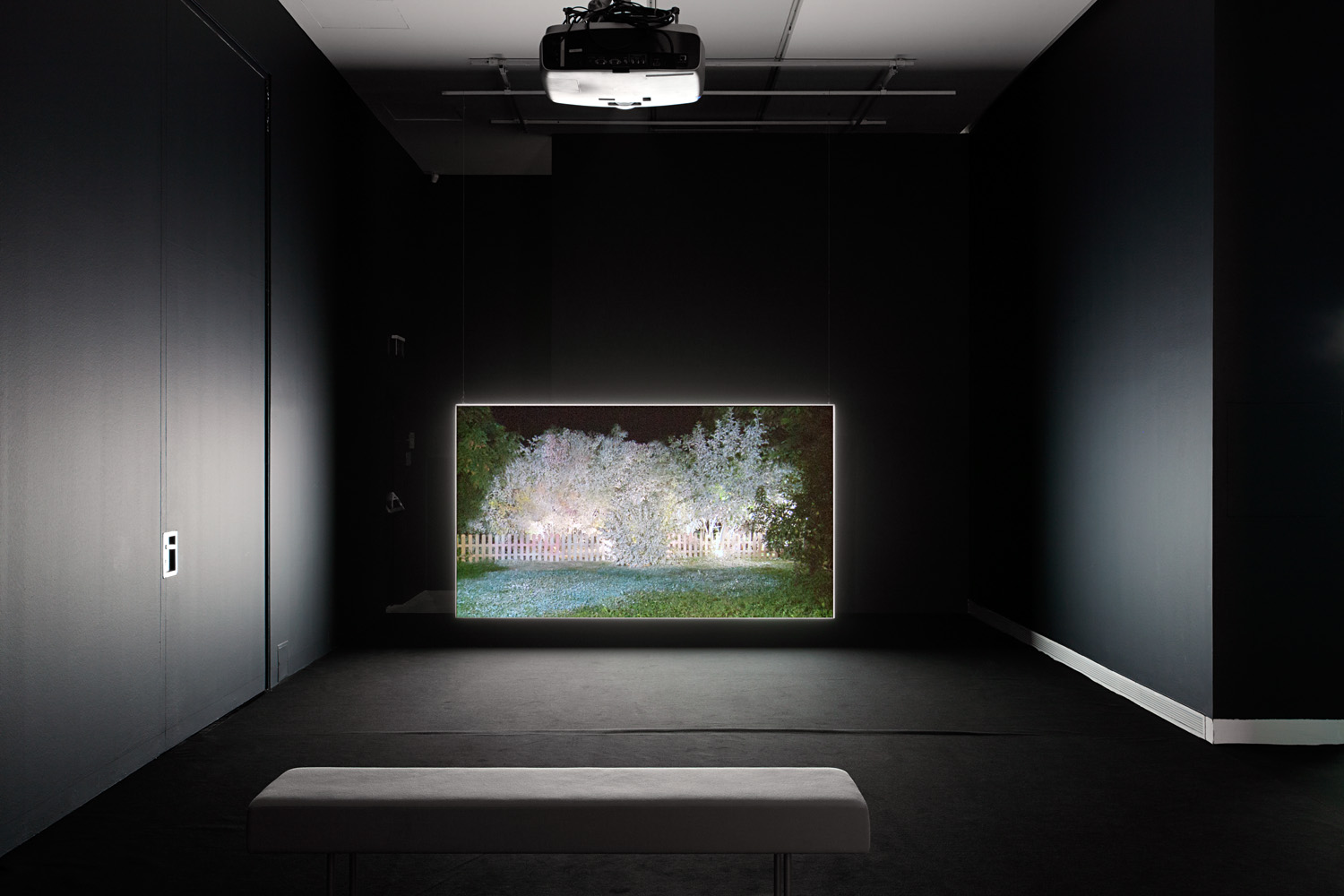

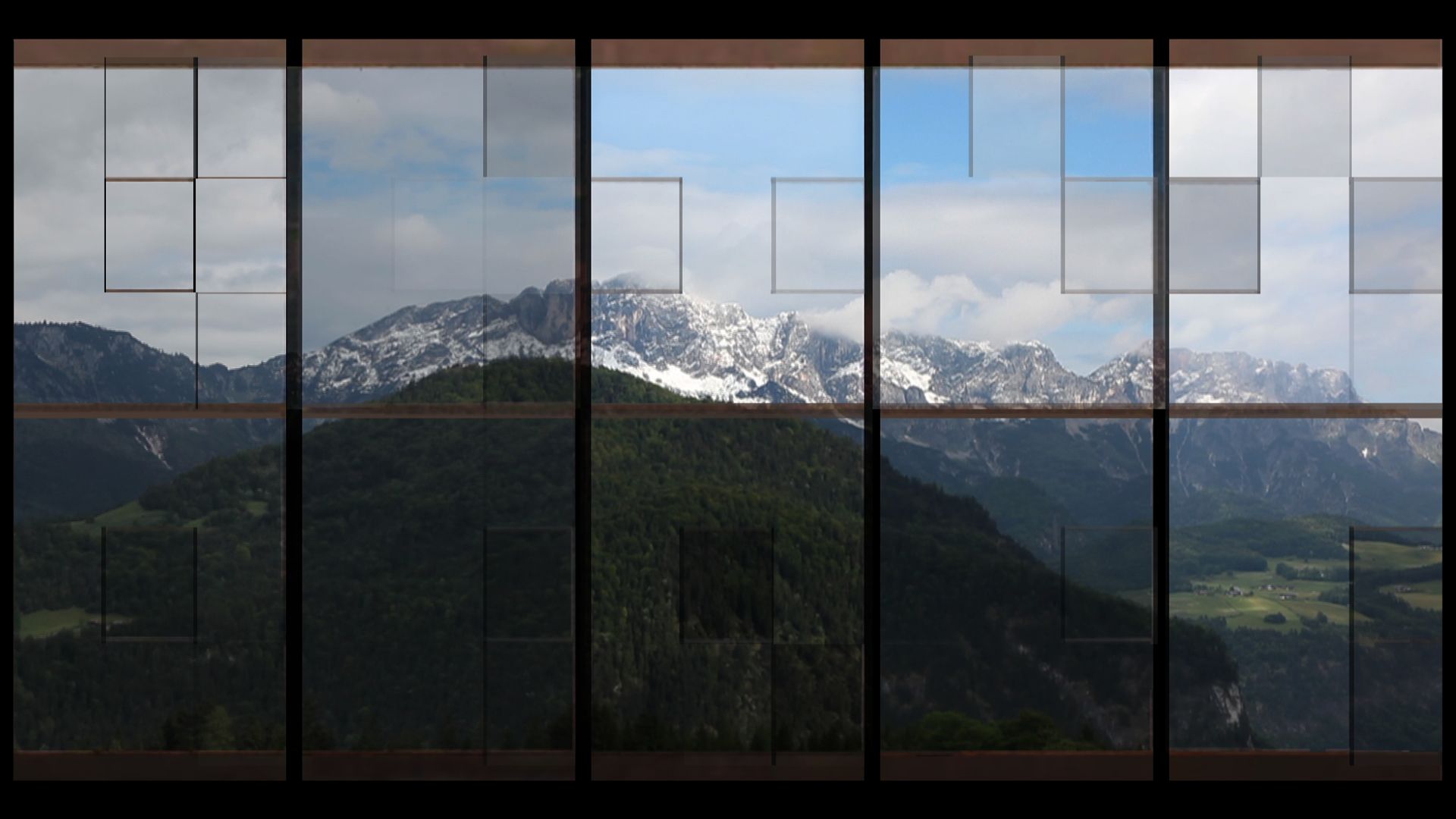

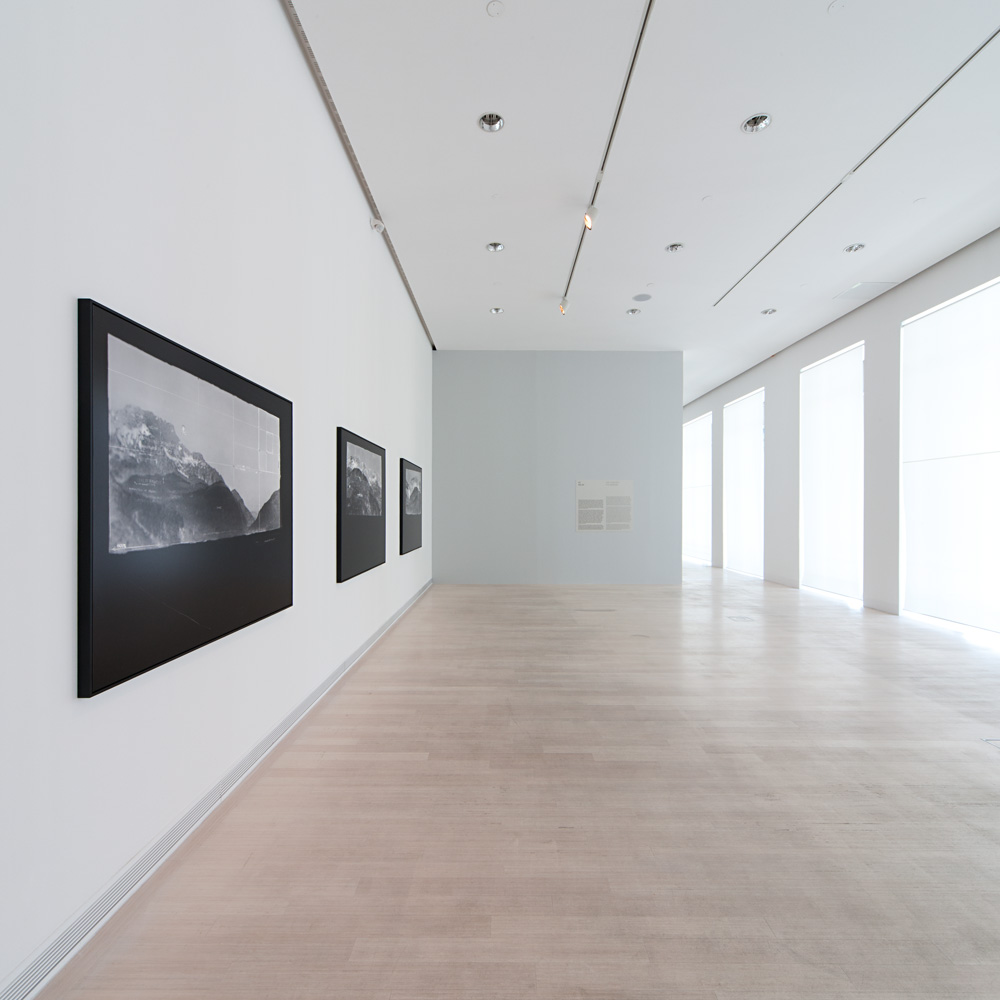

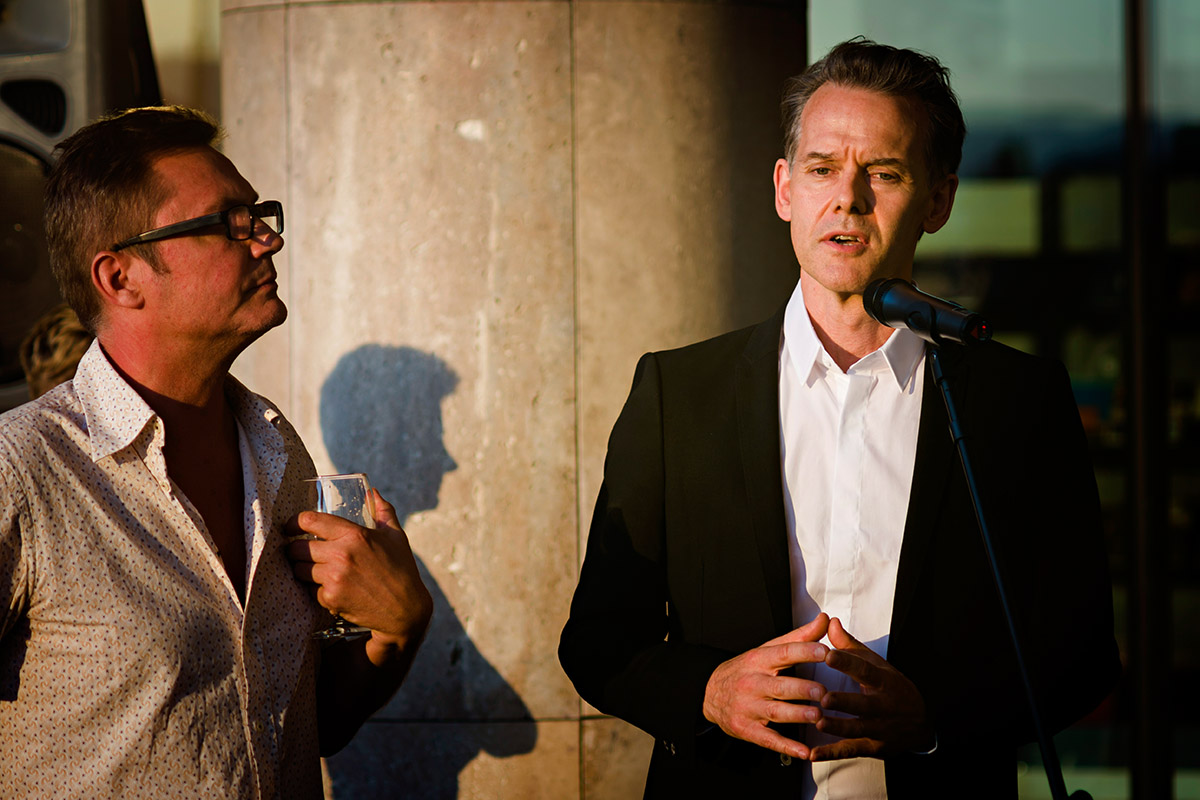
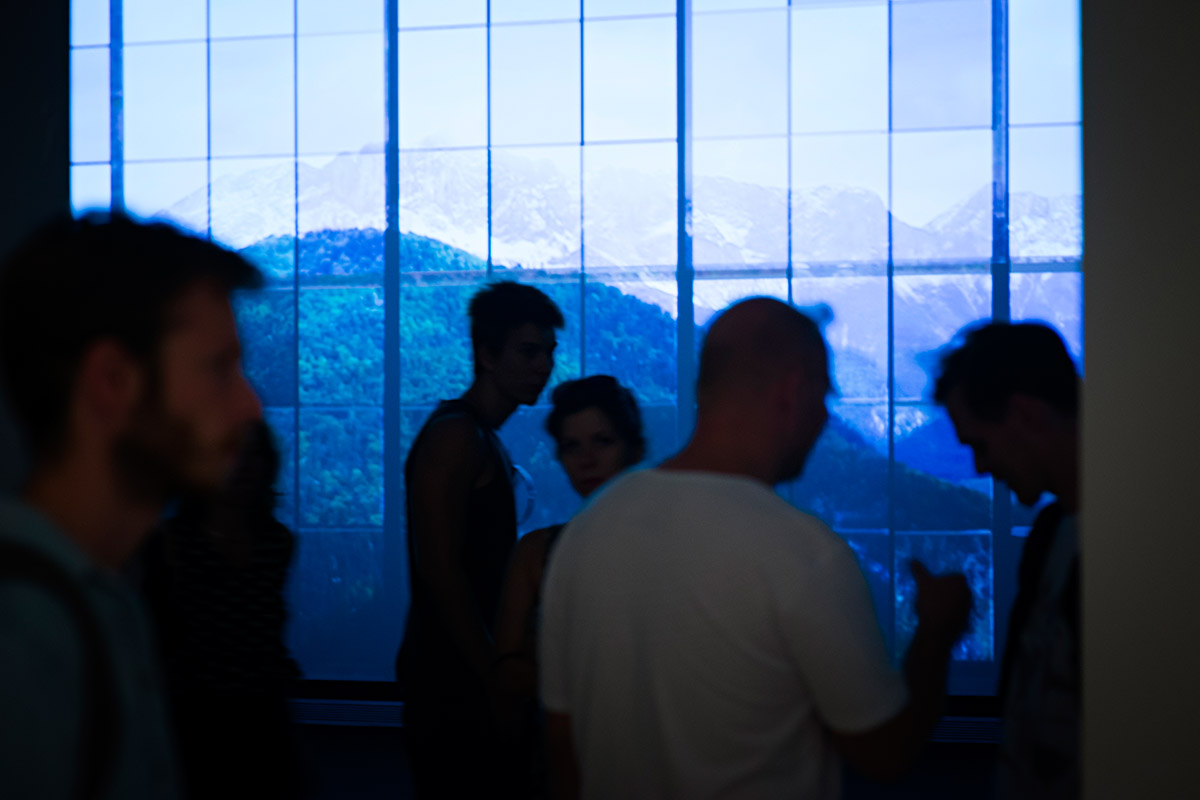
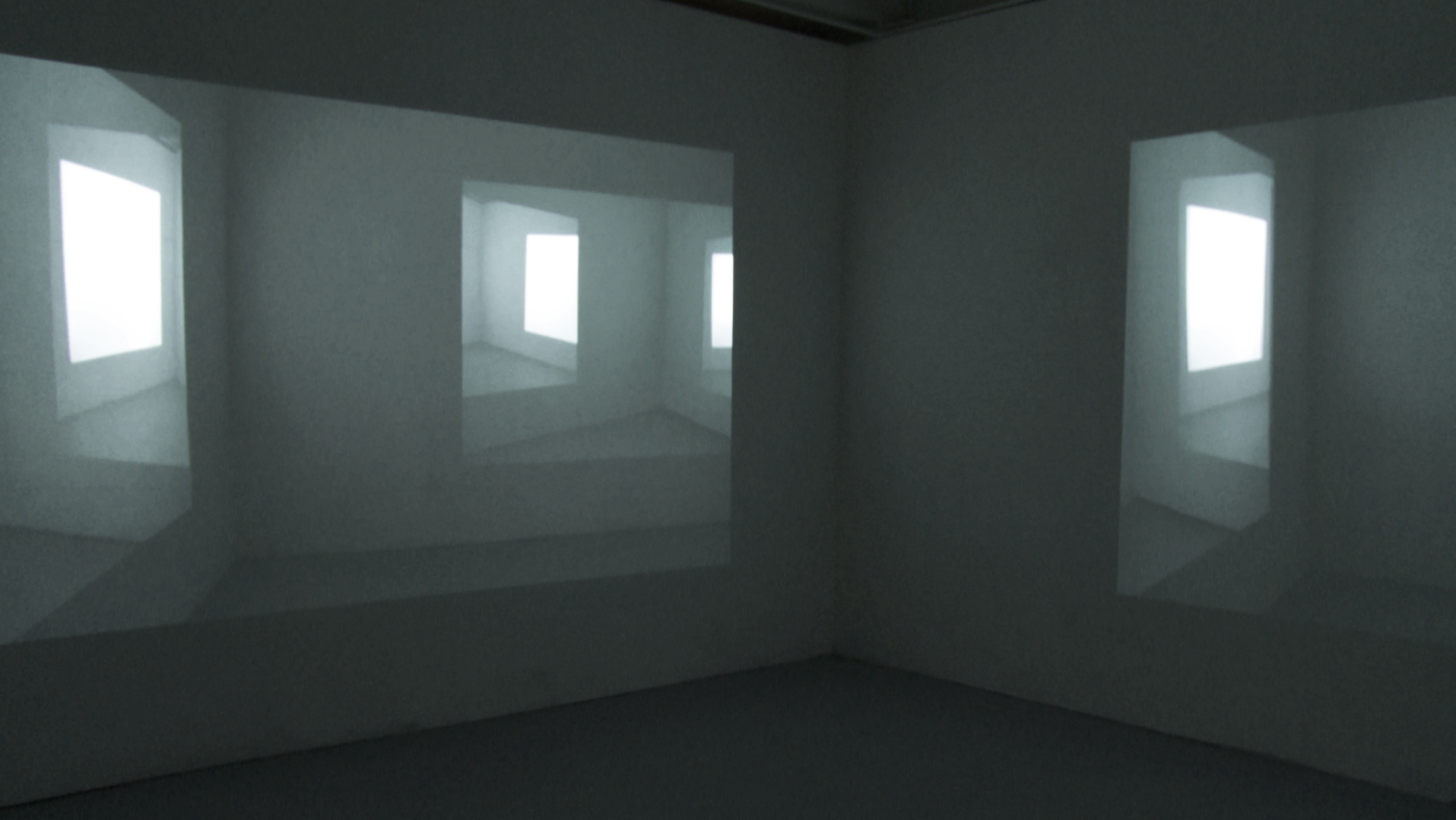
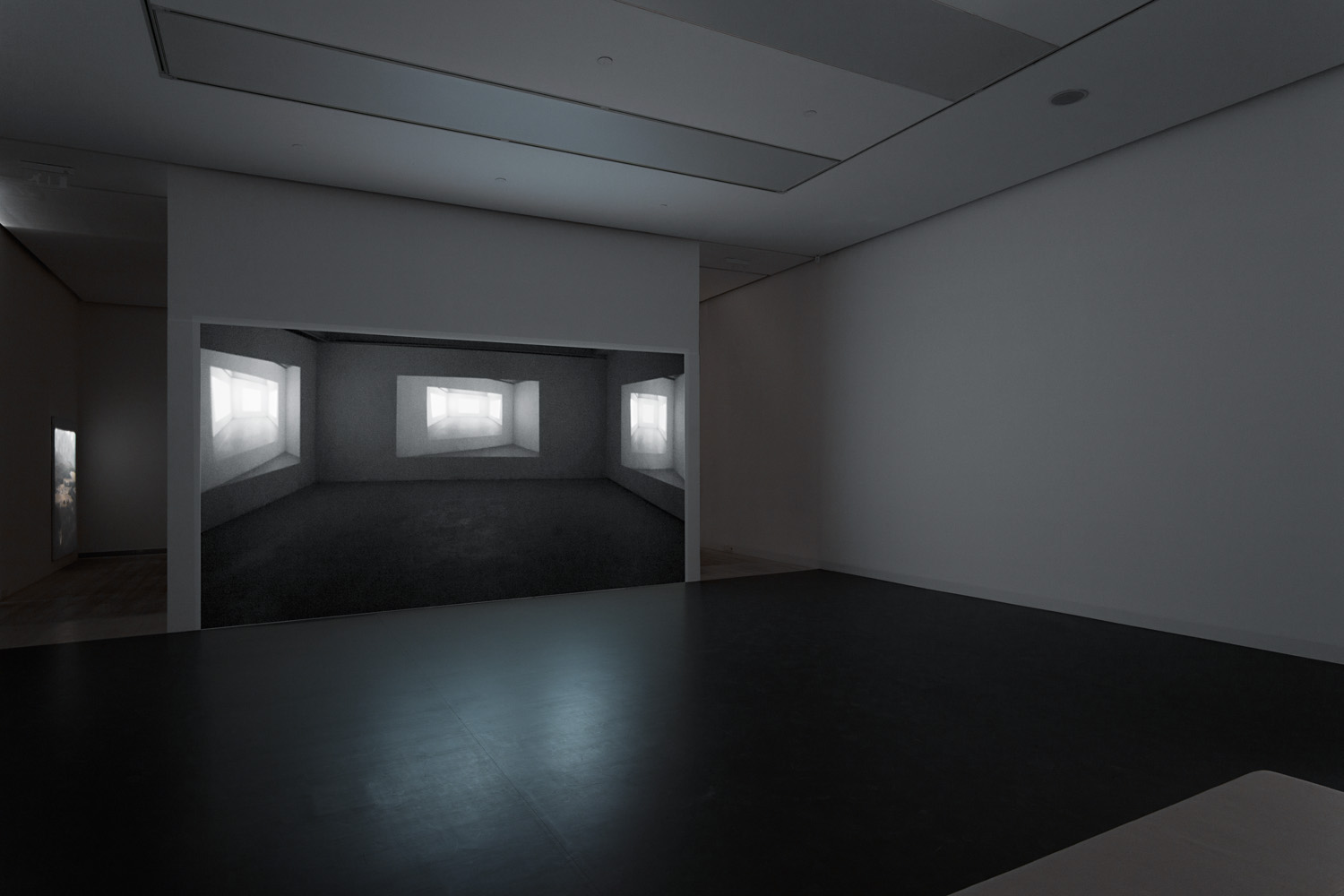
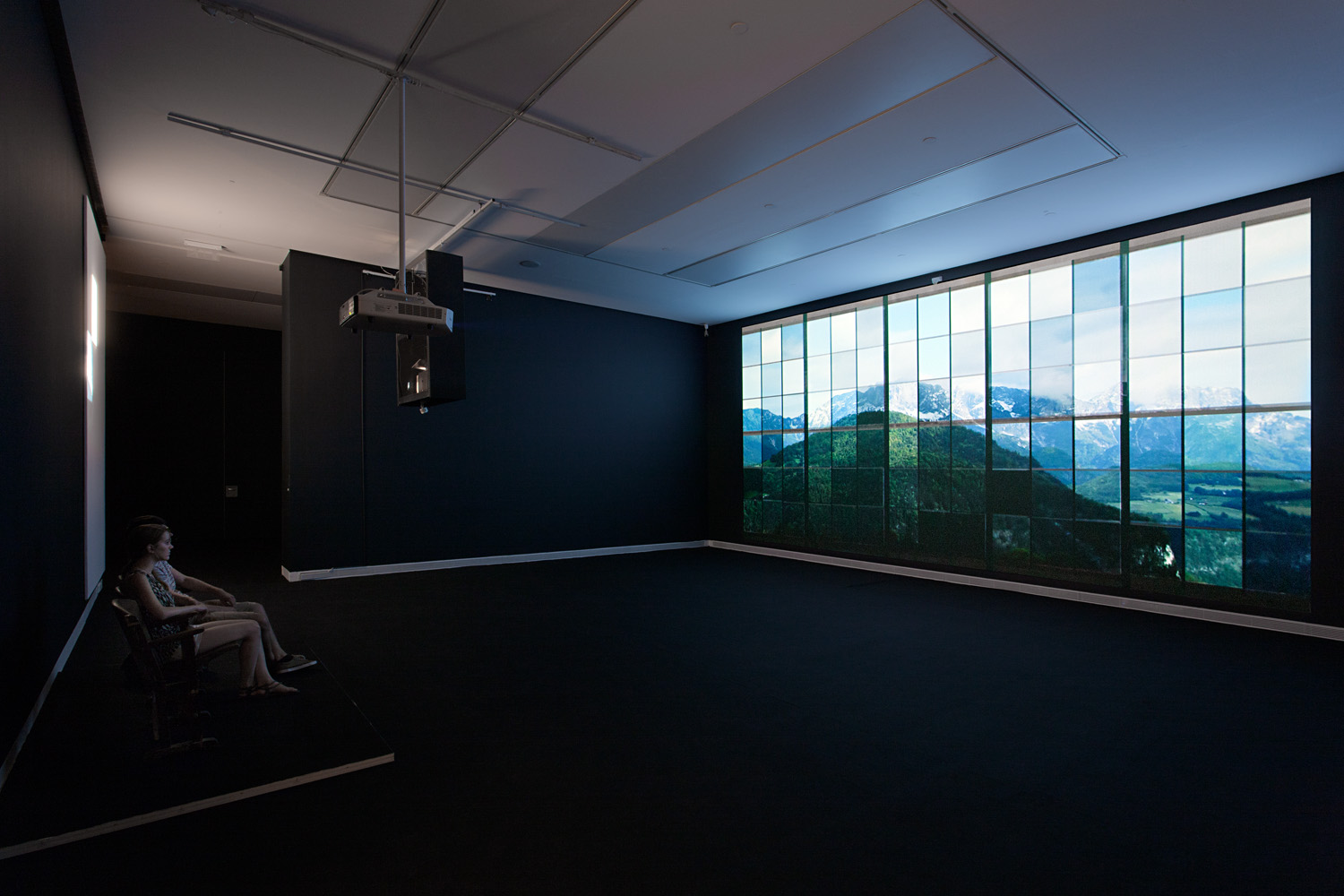

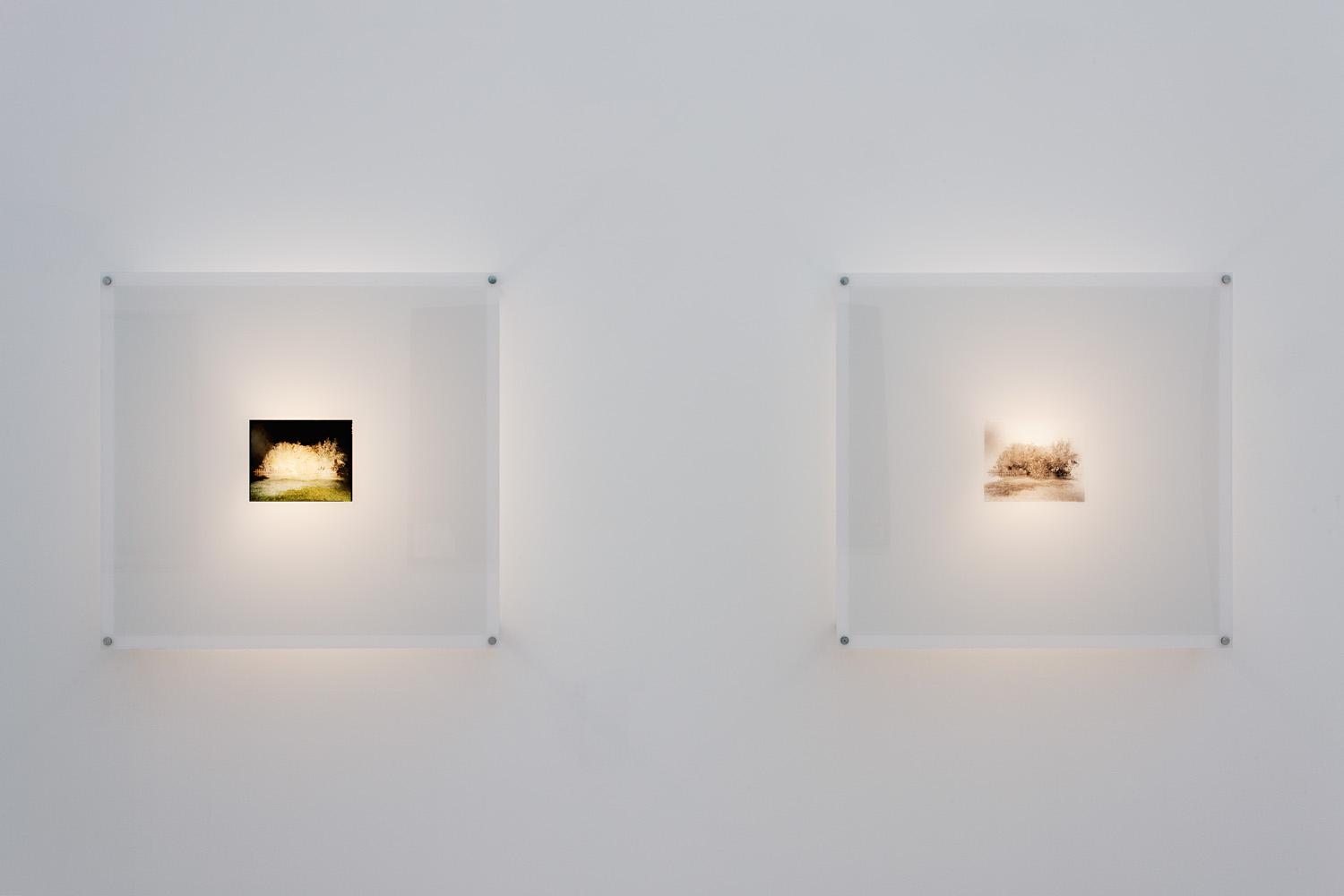
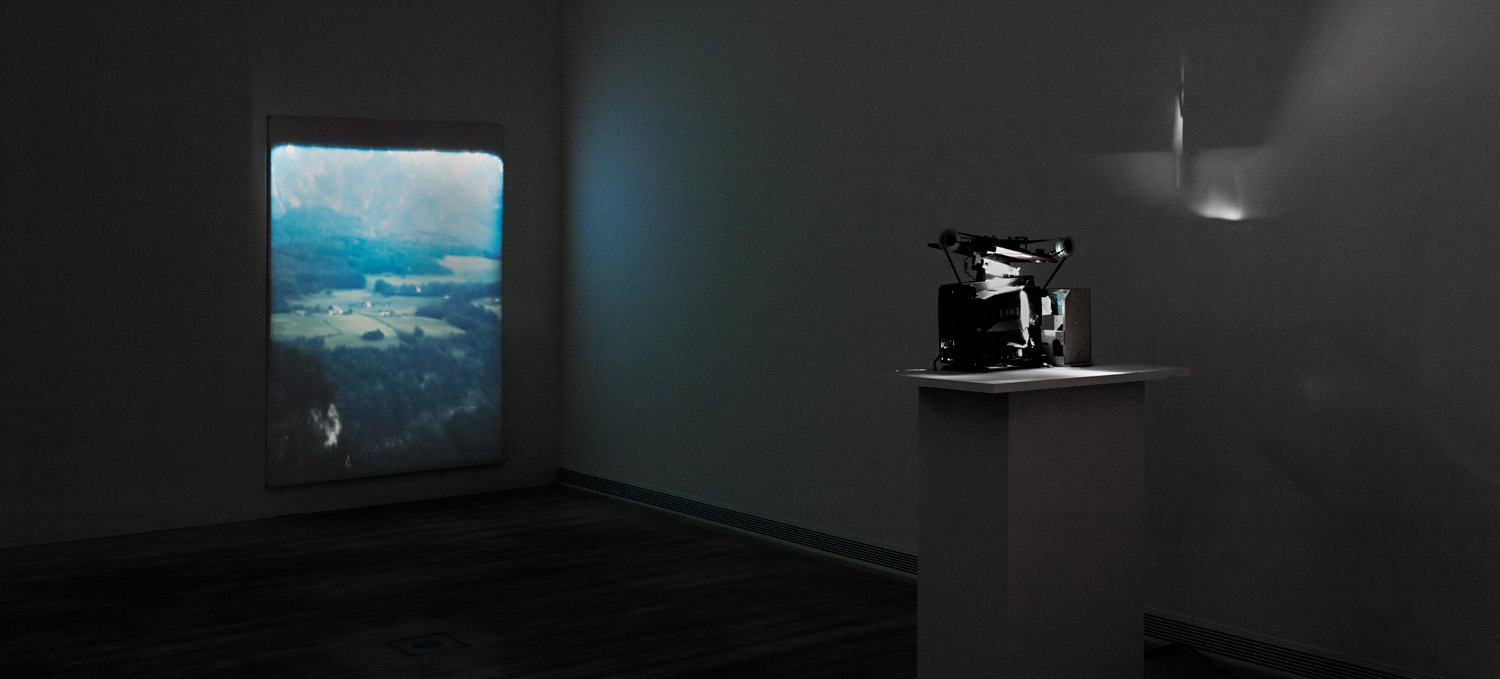



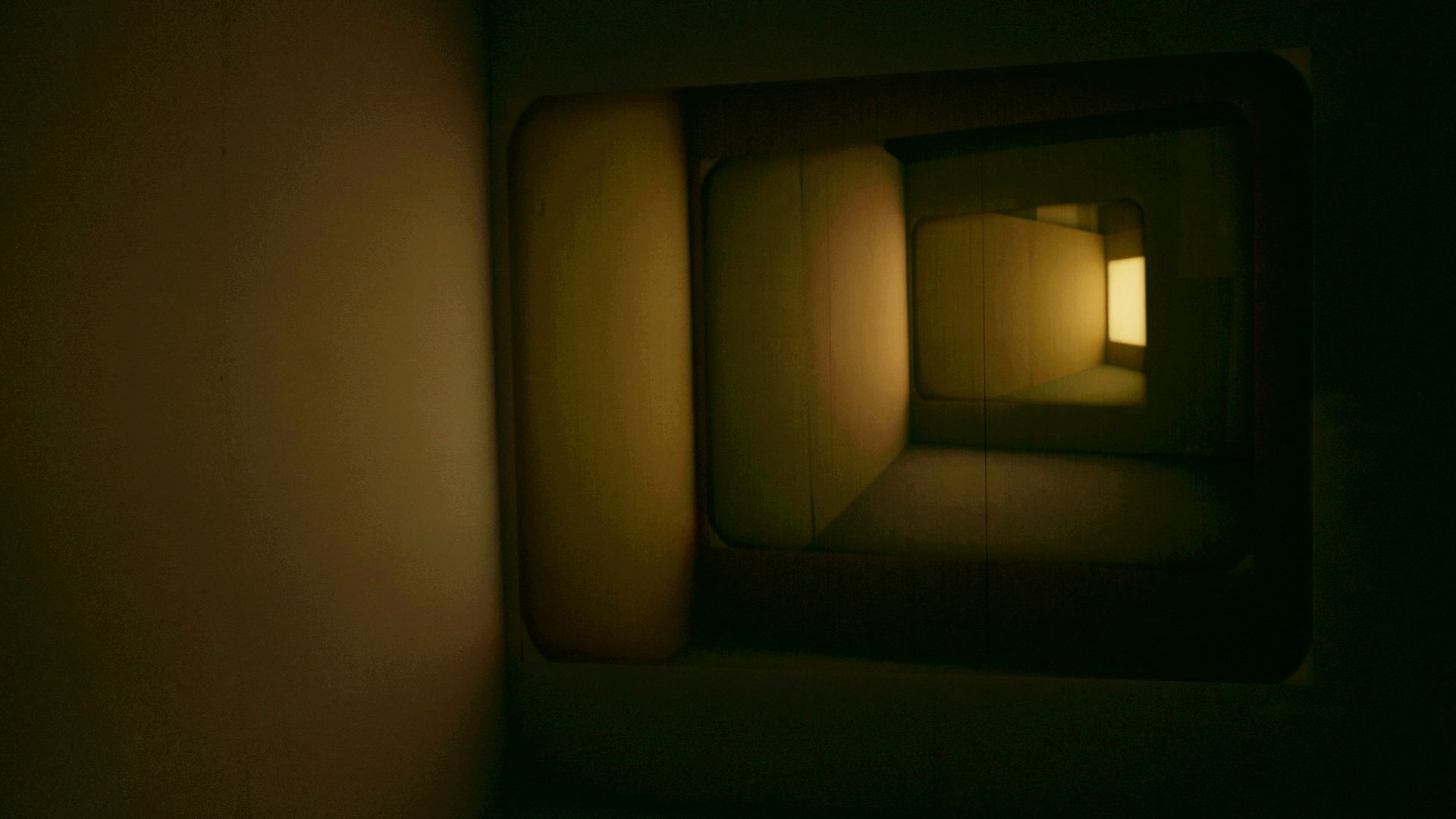
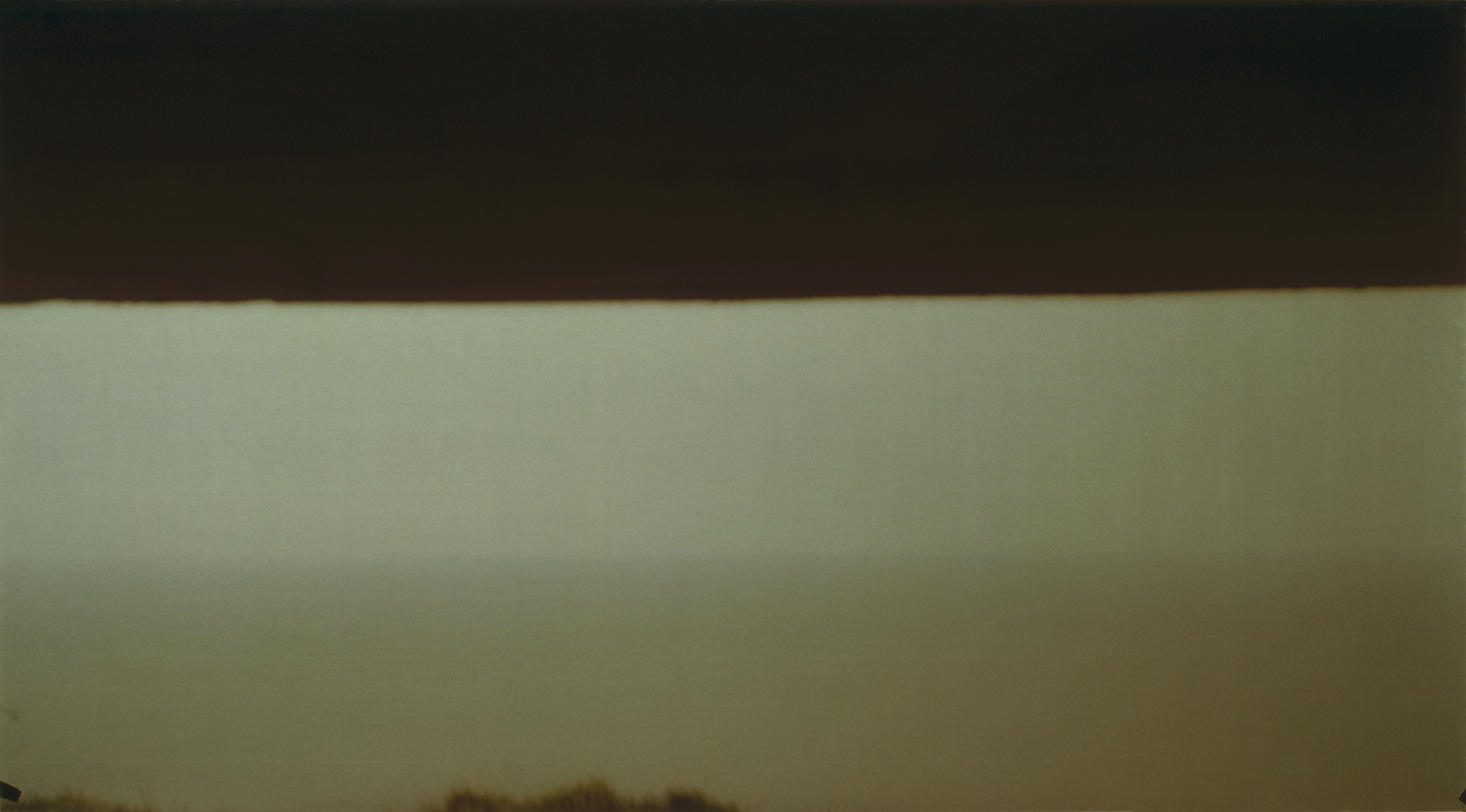
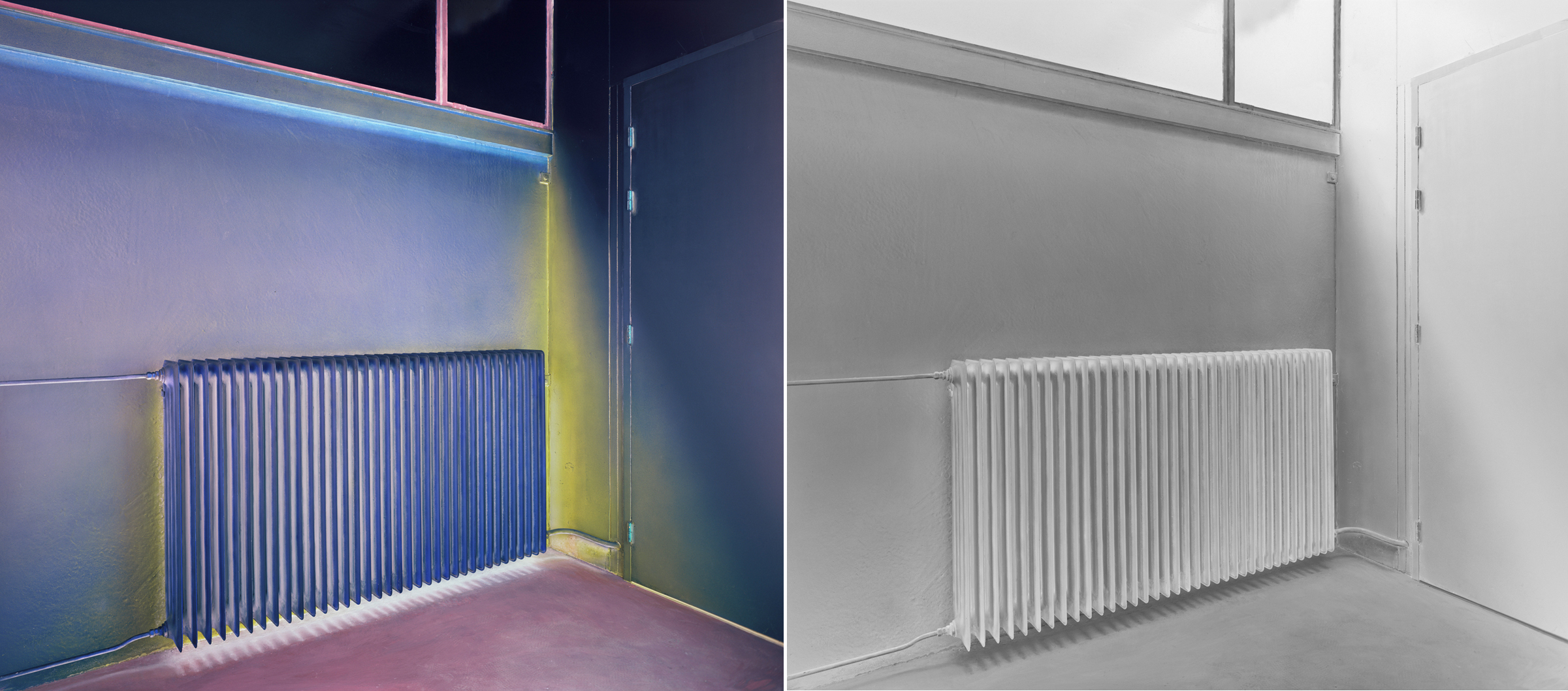
Related contents

Guided Tour in Hungarian: Gábor Ősz 3. November, 2013, 00:00–00:00
Guided tour in Hungarian in the exhibition entitled Gábor Ősz - Three by Three.
Admission with a valid exhibition ticket.

Guided Tour in Hungarian: Gábor Ősz 27. October, 2013, 00:00–00:00
Guided tour in Hungarian in the exhibition entitled Gábor Ősz - Three by Three.
Admission with a valid exhibition ticket.

Guided Tour in Hungarian: Gábor Ősz 20. October, 2013, 00:00–00:00
Guided tour in Hungarian in the exhibition entitled Gábor Ősz - Three by Three.
Admission with a valid exhibition ticket.
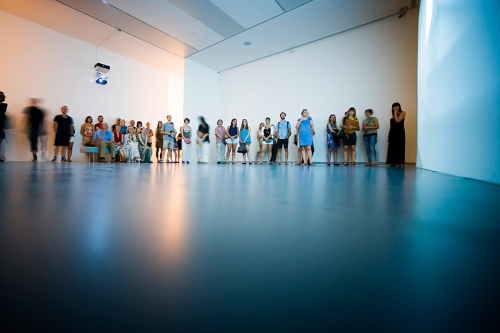
Guided Tour in Hungarian: Gábor Ősz 13. October, 2013, 00:00–00:00
Guided tour in Hungarian in the exhibition entitled Gábor Ősz - Three by Three.
Admission with a valid exhibition ticket.

Family Matinee 12. October, 2013, 00:00–00:00
Creative session for children in connection with the Gábor Ősz - Three by Three exhibition.

Guided Tour in Hungarian: Gábor Ősz 6. October, 2013, 00:00–00:00
Guided tour in Hungarian in the exhibition entitled Gábor Ősz - Three by Three.
Admission with a valid exhibition ticket.

Integrated Family Matinee 5. October, 2013, 00:00–00:00
Creative session for children in connection with the Gábor Ősz - Three by Three exhibition.

Guided Tour in Hungarian: Gábor Ősz 29. September, 2013, 00:00–00:00
Guided tour in Hungarian in the exhibition entitled Gábor Ősz - Three by Three.
Admission with a valid exhibition ticket.

Exclusive guided tour with Monika Perenyei in the Gábor Ősz exhibition 28. September, 2013, 00:00–00:00
Exclusive guided tour in Hungarian with Monika Perenyei, art historian, in Gábor Ősz's exhibition entitled Three by Three.
Admission with a valid exhibition ticket.

Guided Tour in Hungarian: Gábor Ősz 22. September, 2013, 00:00–00:00
Guided tour in Hungarian in the exhibition entitled Gábor Ősz - Three by Three.
Admission with a valid exhibition ticket.

Integrated Family Matinee 21. September, 2013, 00:00–00:00
Creative session for children in connection with the Gábor Ősz - Three by Three exhibition.
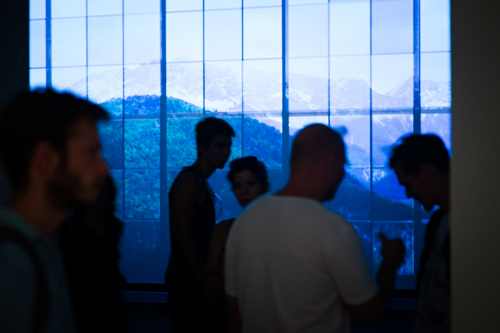
Guided Tour in Hungarian: Gábor Ősz 15. September, 2013, 00:00–00:00
Guided tour in Hungarian in the exhibition entitled Gábor Ősz - Three by Three.
Admission with a valid exhibition ticket.

Family Matinee 14. September, 2013, 00:00–00:00
Creative session for children in connection with the Gábor Ősz - Three by Three exhibition.

Guided Tour in Hungarian: Gábor Ősz 8. September, 2013, 00:00–00:00
Guided tour in Hungarian in the exhibition entitled Gábor Ősz - Three by Three.
Admission with a valid exhibition ticket.

Exclusive guided tour with Gergő Somogyvári in the Gábor Ősz exhibition 7. September, 2013, 00:00–00:00
Exclusive guided tour in Hungarian with Gergő Somogyvári, cameraman, in Gábor Ősz's exhibition entitled Three by Three.
Admission with a valid exhibition ticket.

Guided Tour in Hungarian: Gábor Ősz 1. September, 2013, 00:00–00:00
Guided tour in Hungarian in the exhibition entitled Gábor Ősz - Three by Three.
Admission with a valid exhibition ticket.

Guided Tour in Hungarian: Gábor Ősz 25. August, 2013, 00:00–00:00
Guided tour in Hungarian in the exhibition entitled Gábor Ősz - Three by Three.
Admission with a valid exhibition ticket.
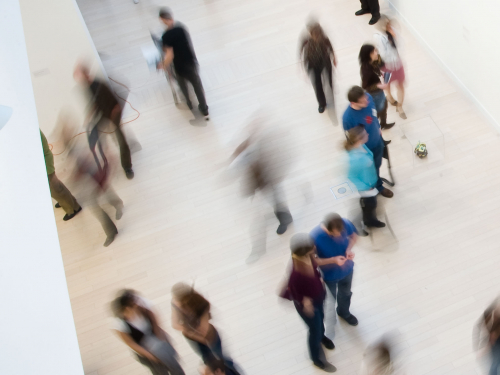
Guided Tour in Hungarian: Gábor Ősz 18. August, 2013, 00:00–00:00
Guided tour in Hungarian in the exhibition entitled Gábor Ősz - Three by Three.
Admission with a valid exhibition ticket.
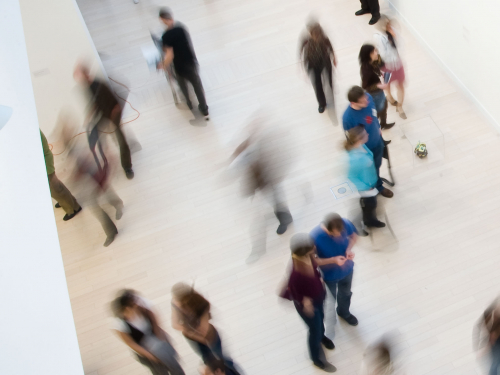
Guided Tour in Hungarian: Gábor Ősz 11. August, 2013, 00:00–00:00
Guided tour in Hungarian in the exhibition entitled Gábor Ősz - Three by Three.
Admission with a valid exhibition ticket.
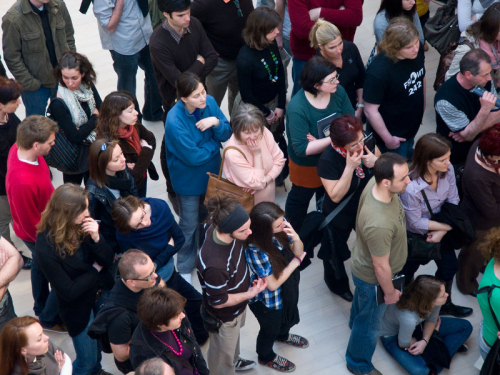
Guided Tour in Hungarian: Gábor Ősz 4. August, 2013, 00:00–00:00
Guided tour in Hungarian in the exhibition entitled Gábor Ősz - Three by Three.
Admission with a valid exhibition ticket.

Guided Tour in Hungarian: Gábor Ősz 28. July, 2013, 00:00–00:00
Guided tour in Hungarian in the exhibition entitled Gábor Ősz - Three by Three.
Admission with a valid exhibition ticket.

Exclusive guided tour with Gábor Ősz in his exhibition Three by Three 27. July, 2013, 00:00–00:00
Exclusive guided tour in Hungarian with Gábor Ősz in his exhibition entitled Three by Three.
Admission with a valid exhibition ticket.

Exhibition Opening: Gábor Ősz - Three by Three 25. July, 2013, 00:00–00:00
The Ludwig Museum – Museum of Contemporary Art cordially invites you to the opening of the exhibition
on Thursday, July 25, 2013, at 7 p.m., on the terrace of the museum
